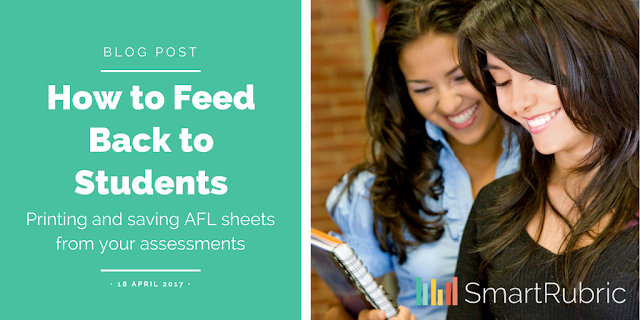Stress-busting Exam Revision Game

Exam season is in full swing, so you are probably seeing a lot of zombified students in your lessons. They usually come in two flavours -- dead-eyed nihilists, and panicky zealots who want copies of every past paper that's ever happened and for you to mark their unsolicited work. Is your classroom full of these? If you're still making meaningful progress with these kids, then by all means, keep doing what you're doing. I salute you. If, however, you are at that point where there are still one or two lessons left before the exam and there is literally no more that you can stuff into their heads -- not that they're in any condition to learn anyway at this point -- then BOY do I have the lesson for you. It'll blow the cobwebs out of the heads of your nihilist zombies and satisfy the obsessive revision urges of your zealots. You'll all laugh, bond and do some intense revision. Sound good? Cool. Presenting -- the Best Revision Game I have Ever Fou...





